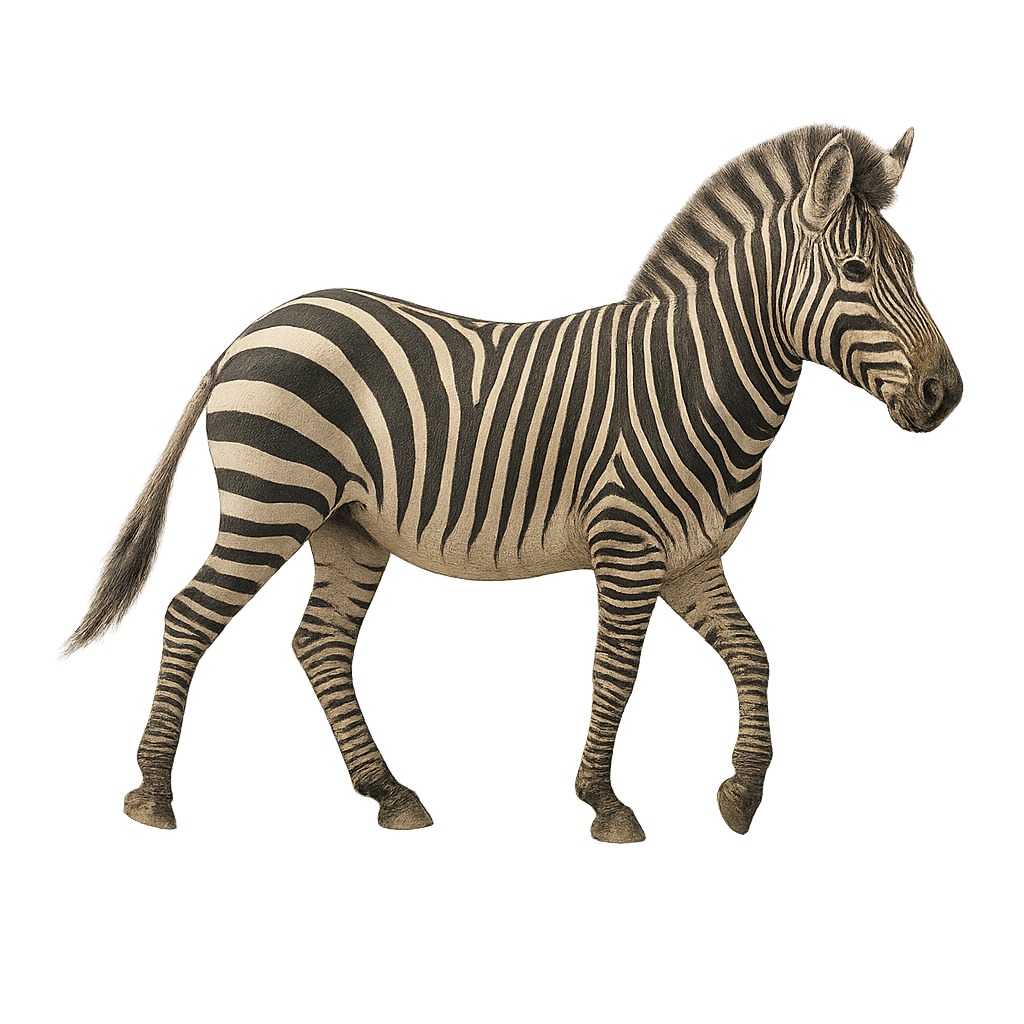Your wildlife photography guide.
Explore the hartmann's mountain zebra in detail, study its behavior, prepare your shots.
Where to observe and photograph the hartmann's mountain zebra in the wild
Learn where and when to spot the hartmann's mountain zebra in the wild, how to identify the species based on distinctive features, and what natural environments it inhabits. The WildlifePhotographer app offers tailored photography tips that reflect the hartmann's mountain zebra’s behavior, helping you capture better wildlife images. Explore the full species profile for key information including description, habitat, active periods, and approach techniques.
Hartmann's mountain zebra
Scientific name: Equus zebra hartmannae

IUCN Status: Near Threatened
Family: EQUIDAE
Group: Mammals
Sensitivity to human approach: Shy
Minimum approach distance: 50 m
Rut period: January to February
Gestation: 360-390 jours
Births: January
Habitat:
Steppes, mountains, savannas
Activity period :
Primarily active during the day, with peak activity in the morning and late afternoon.
Identification and description:
The Hartmann's mountain zebra, a subspecies of the mountain zebra, is a robust and elegant animal, recognizable by its distinct black and white stripes that do not meet under the belly, leaving a white band. Native to the arid and mountainous regions of Namibia and South Africa, it is perfectly adapted to its environment with hard hooves and the ability to survive with little water. Hartmann's zebras live in small family groups led by a dominant stallion. They primarily feed on grasses but can also consume leaves and bark during times of scarcity. Their social behavior is complex, with vocal interactions and mutual grooming rituals.
Recommended lens:
400 mm – adjust based on distance, desired framing (portrait or habitat), and approach conditions.
Photography tips:
To photograph the Hartmann's zebra, it is advisable to use a telephoto lens of 400mm or more to capture detailed images without disturbing the animal. The best times to observe them are early in the morning or late in the afternoon when the light is soft and flattering. Look for places where they gather to drink or feed. Be patient and discreet, as these zebras can be shy. Use a tripod to stabilize your camera and get sharp images.
The WildlifePhotographer App is coming soon!
Be the first to explore the best nature spots, track rutting seasons, log your observations, and observe more wildlife.
Already 1 431 wildlife lovers subscribed worldwide

